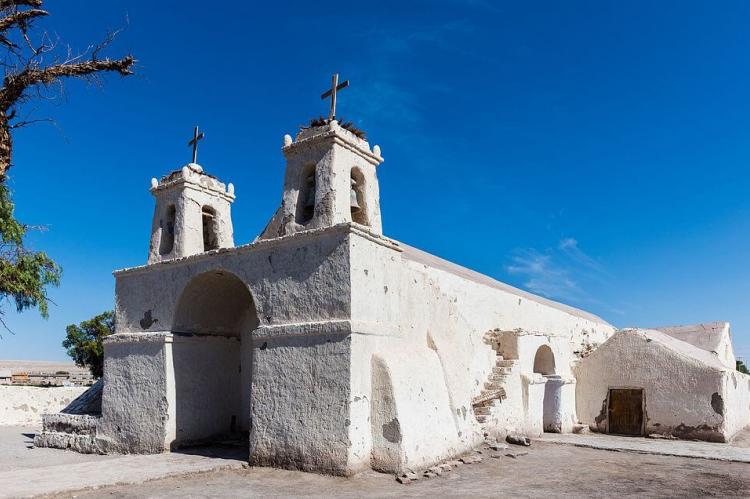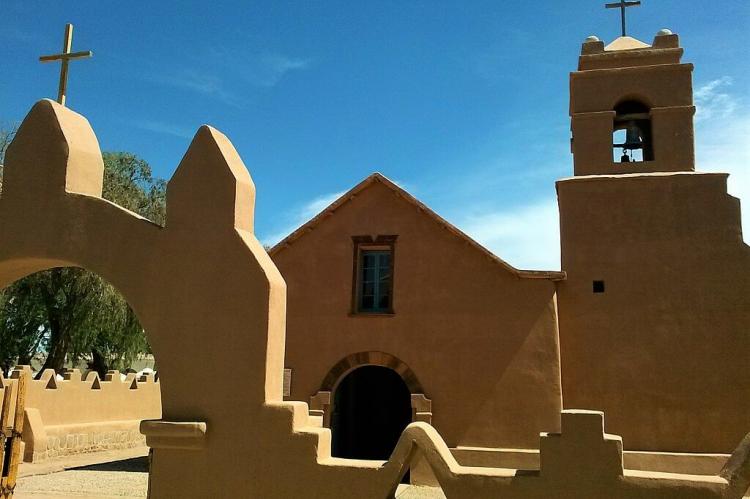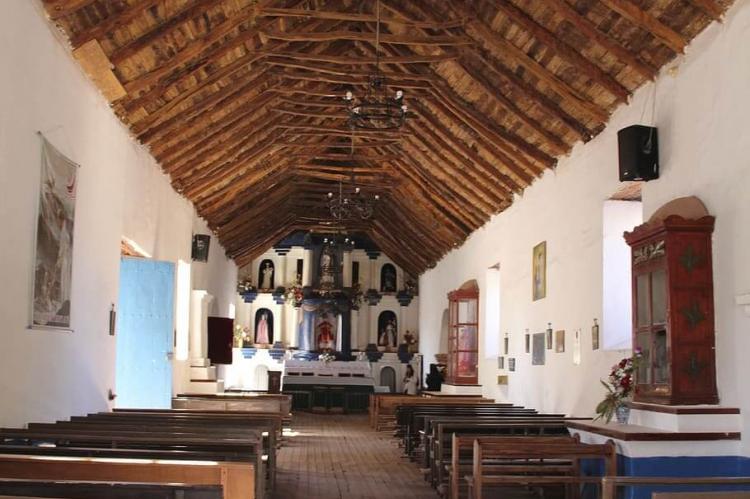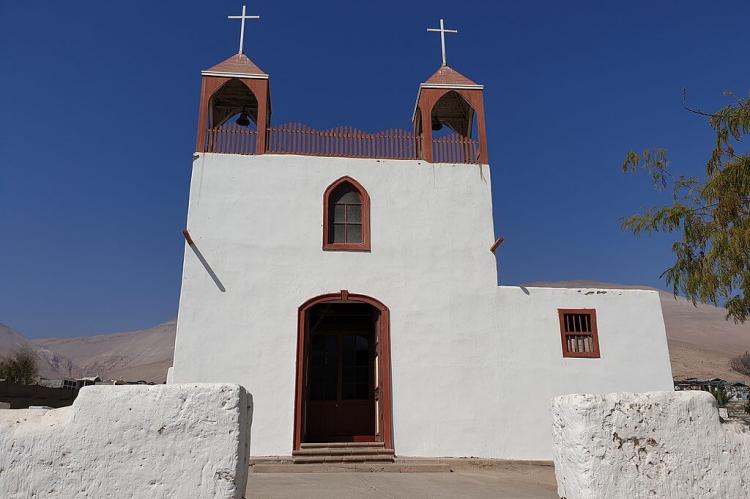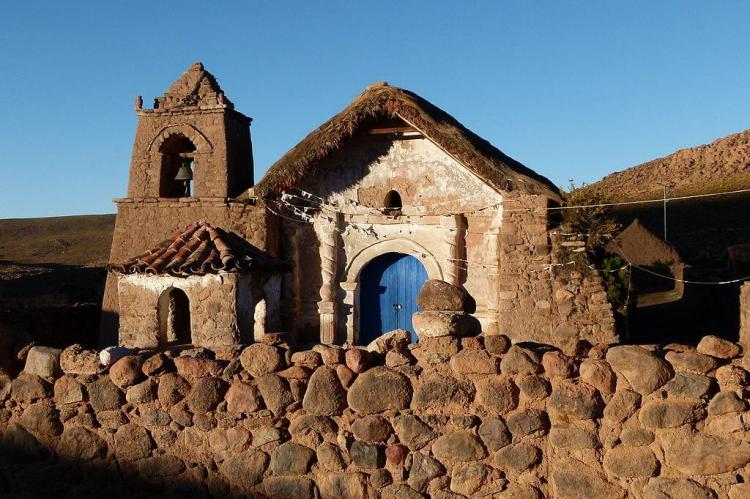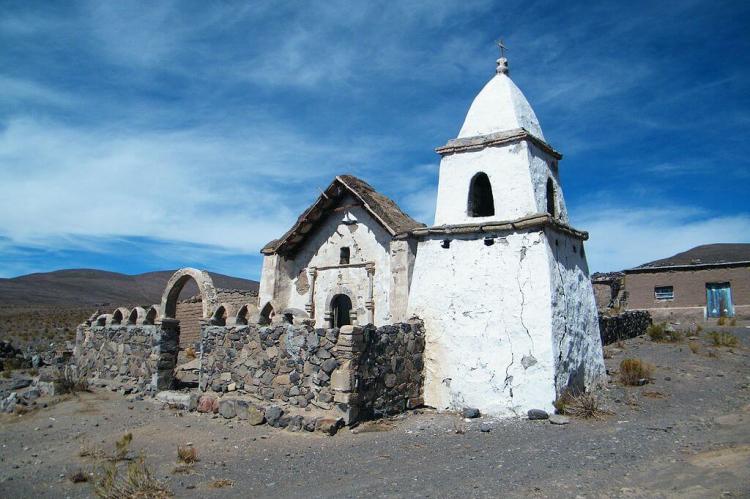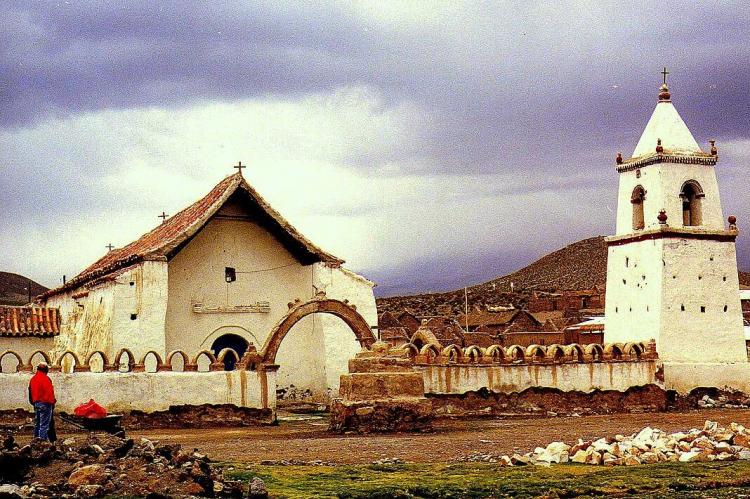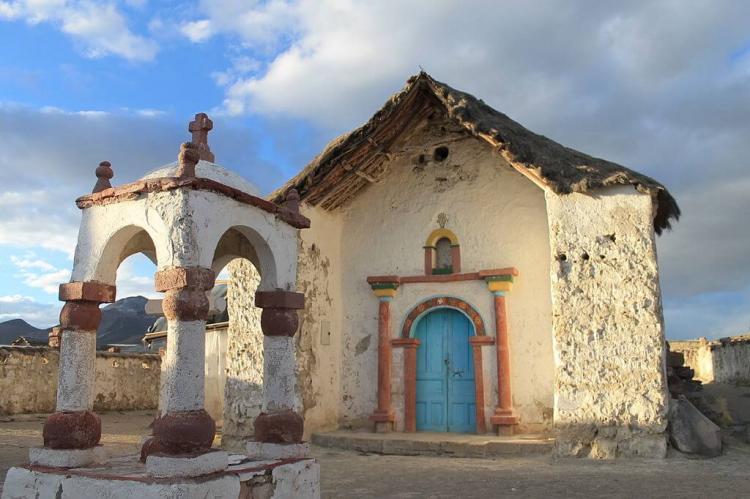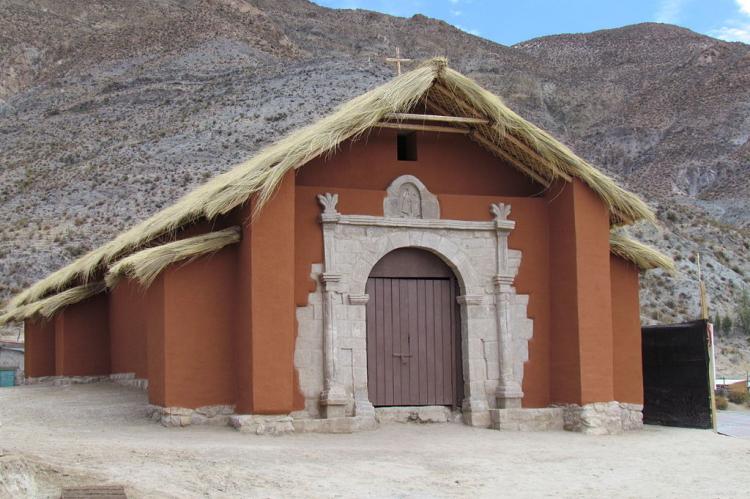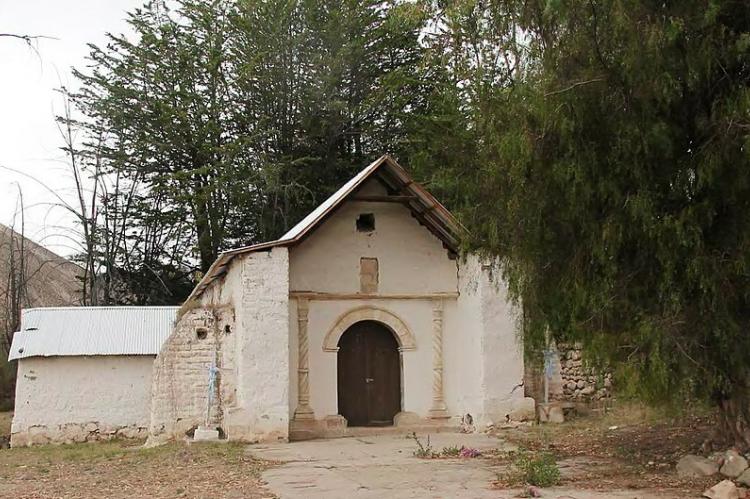Echoes of Faith: The Churches of the Altiplano
The high-altitude Altiplano plateau, stretching across northern Chile and Bolivia, is a blend of Indigenous and colonial cultures, resulting in a unique cultural synthesis. The most tangible reflection of this fusion is the numerous chapels and churches built during this period.
Faith and Fusion: The Churches of Northern Chile
The high-altitude Altiplano plateau, stretching across northern Chile and Bolivia, is home to a remarkable blend of Indigenous and colonial cultures. During the Spanish colonization, this region became a melting pot of Quechua, Tiwanaco, Inca, and Aymara influences, resulting in a unique cultural synthesis. The most tangible reflection of this cultural fusion is the numerous chapels and churches built during this period. These structures, known as the "Churches of the Altiplano," are historical markers of the complex interplay between the Spanish colonizers and the Indigenous populations.
Historical Context
Spanish Colonization and Indigenous Cultures
The Spanish colonization of the Tarapaca region marked a significant cultural shift. Spanish missionaries, intent on converting the local populations to Christianity, embarked on a mission that led to the construction of numerous churches across the Altiplano. This period saw the convergence of various Indigenous ethnic groups, including the Quechua, Tiahuanaco, Inca, and Aymara, creating a rich tapestry of cultural and religious practices.
Economic Boom and Settlement Expansion
The discovery of silver in Peru, particularly in Potosí in 1545, brought unprecedented prosperity to the region. The transport of ore and mercury through the arid landscapes to the port of Arica facilitated economic growth and the establishment of settlements along this vital trade route. Between 1570 and the mid-seventeenth century, the port of Arica emerged as a crucial hub for the shipment of silver and mercury, further spurring the development of villages along this corridor.
Architectural Characteristics
Design and Construction
The churches of the Altiplano were constructed using local materials such as adobe, stone, mud, wild straw (coirón), and Indigenous wood. These materials were combined using rudimentary techniques that reflected each location's geographic, productive, and social characteristics. The churches typically feature low, two-slope roofs and small towers, either attached to the main building or within the atrium, housing centenary bells.
Exterior Ornamentation
The exteriors of these churches are adorned with intricate stone craftsmanship, often incorporating Baroque motifs such as volutes, flowers, fruits, and human figures. This elaborate ornamentation is concentrated on the facades, showcasing a blend of Indigenous and Spanish artistic influences.
Interior Elements
Inside the churches, the altars and retables stand out as the most striking elements. Made from adobe, carved stone, or wood, these altars are vibrant and baroque in style, housing images from the renowned Quito and Cuzco schools and workshops from Lima, Potosí, and Chiloé. Most churches feature a single nave, with lateral chapels a rare addition. Solid buttresses often reinforce the walls, ensuring the structures' stability.
Cultural Significance
Andean Mestizo Style
The design and construction of the Altiplano churches fall within a style known as "Andean mestizo." This architectural genre emerged from the fusion of Spanish and Indigenous influences, reflecting a unique cultural hybridity. The Andean mestizo style is characterized by its baroque elements, combined with local materials and construction techniques, creating a distinct regional aesthetic.
Religious and Social Function
The primary purpose of these churches was to serve as centers of Christian worship, with the goal of converting the Indigenous populations. However, the Andean people continued to practice elements of their ancestral faiths, integrating them with Catholicism. This syncretism is evident in the churches' design and decoration, which often incorporate Indigenous symbols and motifs.
Community Hubs
Beyond their religious significance, the churches of the Altiplano served as community hubs, especially during special festivities. The atrium, an outdoor space enclosed by a low wall, provided a venue for large gatherings and processions, with platforms for displaying the Holy Sacrament or figures of saints.
Preservation and Legacy
Surviving Churches
Of the approximately 80 churches originally built on the Altiplano, around 50 survive today. These small adobe churches are scattered across the settlements along the historic trade routes, standing as testaments to the region's rich cultural history.
Enduring Influence
The "Churches of the Altiplano" remain significant for their architectural and artistic contributions, encapsulating a period of profound cultural exchange. The Andean Baroque style they exemplify continues to be studied and admired, highlighting the enduring influence of this unique cultural synthesis.
Conclusion
The churches of the Altiplano are more than religious edifices; they are monuments to a complex cultural history that saw the blending of Spanish colonial and Indigenous traditions. These structures, with their distinctive architectural features and rich ornamentation, offer a window into the past, revealing the enduring legacy of the Andean mestizo style. As historical landmarks, they continue to inspire appreciation and preservation efforts, ensuring that the echoes of this cultural convergence resonate for generations to come.
